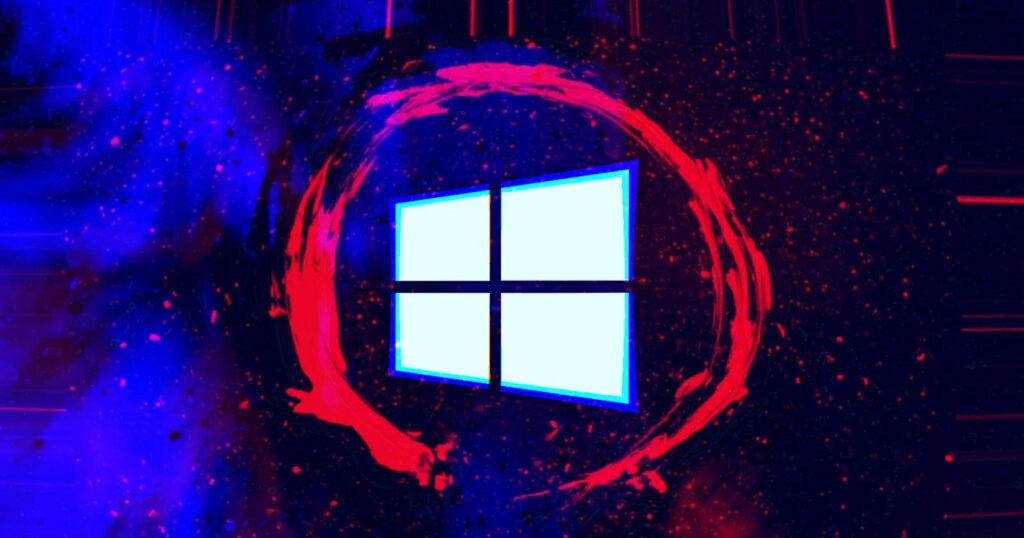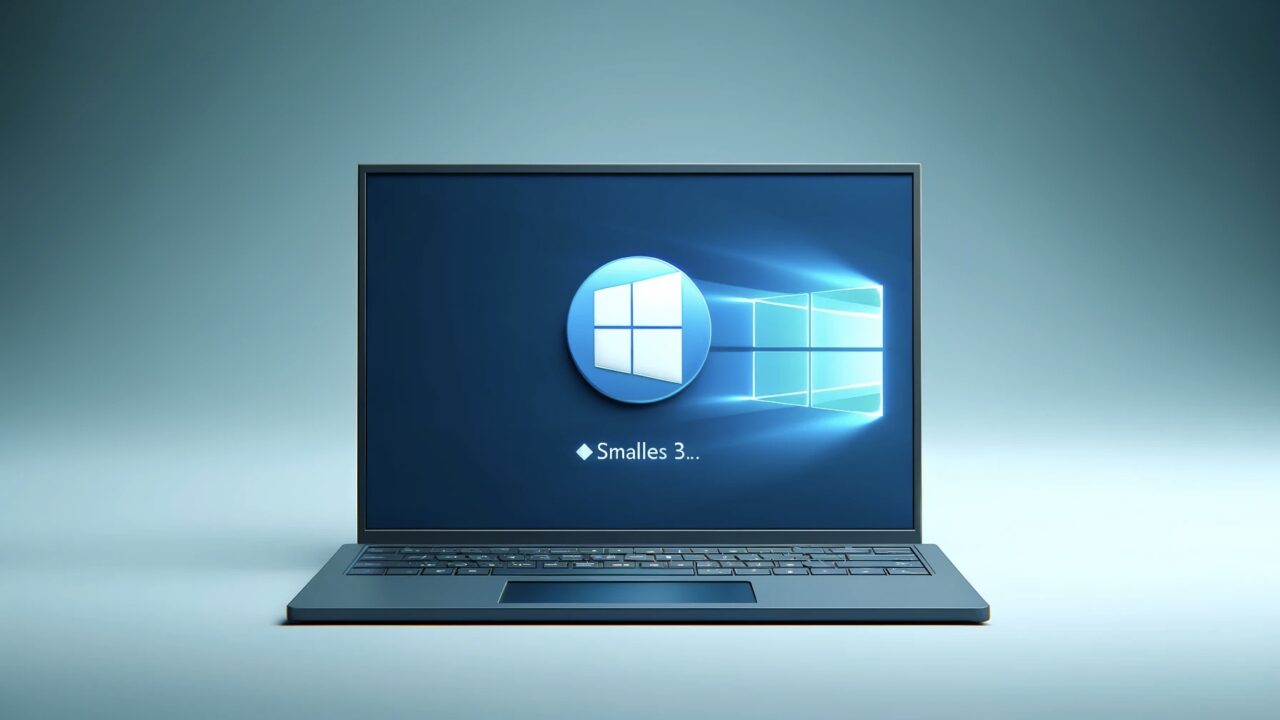Microsoft announced significant reductions in the size of Windows 10 updates. The company achieves this by optimizing its packaging methodology, resulting in smaller updates that require less download time and network bandwidth. This development is based on the technology that reduced Windows 11 update sizes by 40% in 2021.
Microsoft reduces Windows 10 update sizes
According to Microsoft, recent updates have seen a noticeable decrease in size. For example, the KB5036892 update released on April 9 was 830 MB, while the KB5036979 update released on April 23 was 650 MB, indicating a 22% reduction.

This means that users with slow internet connections will find updating easier. Here are some key points about Microsoft’s efforts to reduce Windows 10 update sizes:
- Smaller Updates: Microsoft reduces update sizes, optimizing download time and network bandwidth usage. This makes updates more accessible, especially for users with slower internet connections.
- Efficient Packaging Methodology: Microsoft uses a new packaging methodology to significantly reduce update sizes. Some updates have been reduced by over 20% in size.
- Conserving Network Bandwidth: Smaller updates help conserve network bandwidth, allowing other online activities to continue without interruption. This enhances the user experience and reduces disruptions during updates.
- Faster Download Times: Reduced update sizes mean shorter download times. This saves Windows 10 users time and helps updates complete more quickly.
- End of Windows 10 Support: Support for Windows 10 will end after a certain period. Smaller updates offer a better user experience during the remaining support period. However, those wanting long-term support for Windows 10 may need to pay Microsoft after that date.
These optimizations help users conserve network bandwidth while making Windows 10 updates faster and more efficient. Remember that Windows 10 support will end in about a year, and you may need to pay Microsoft for updates after that.














